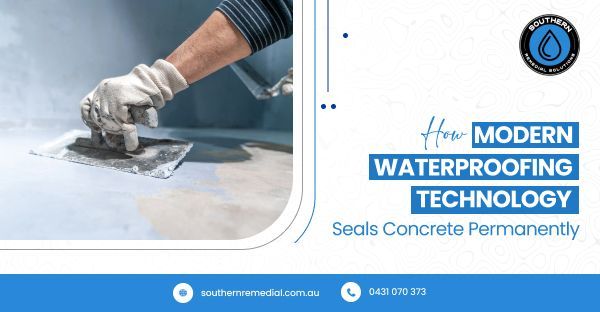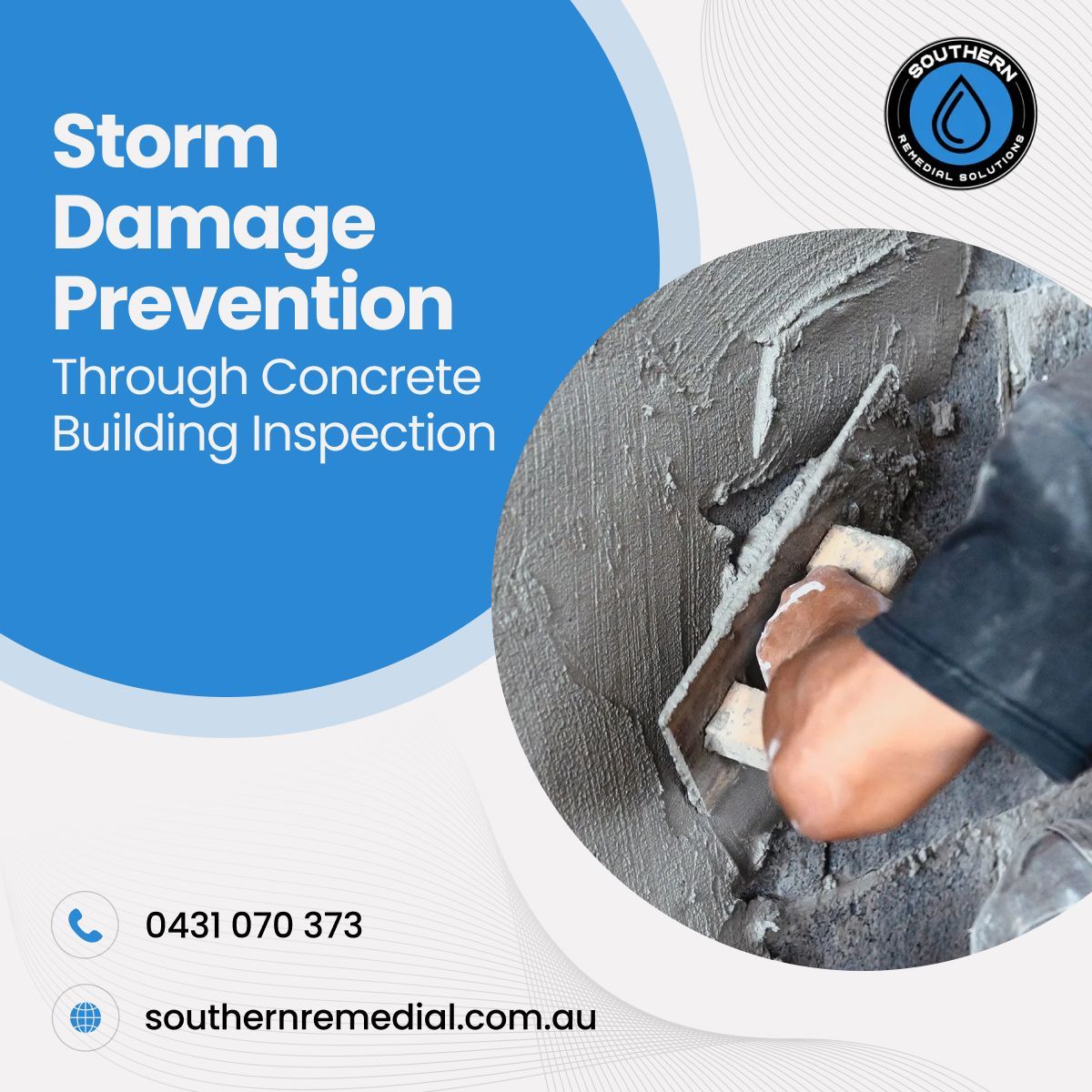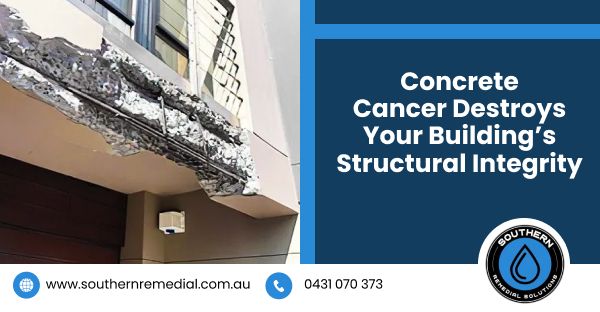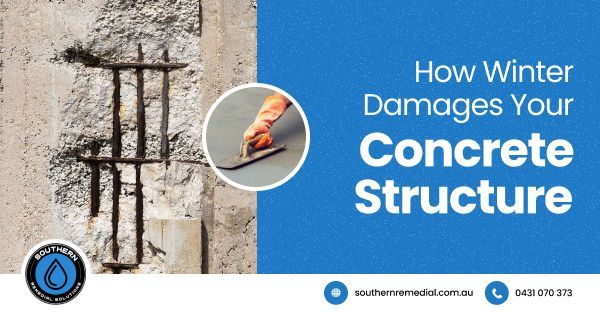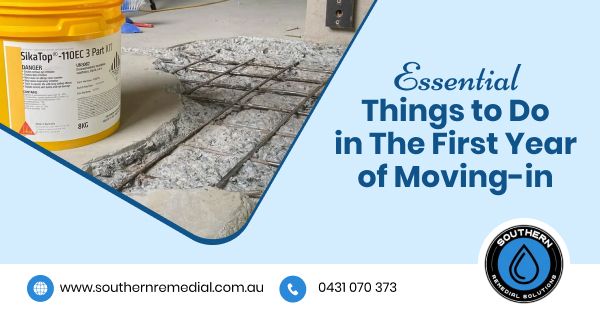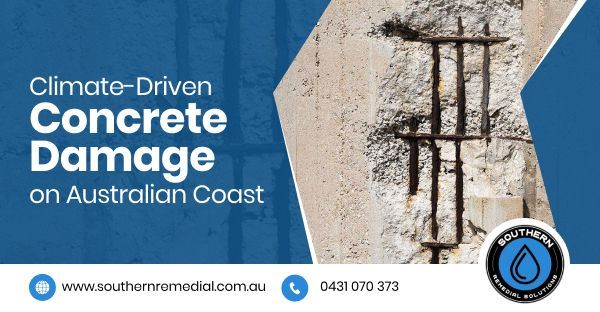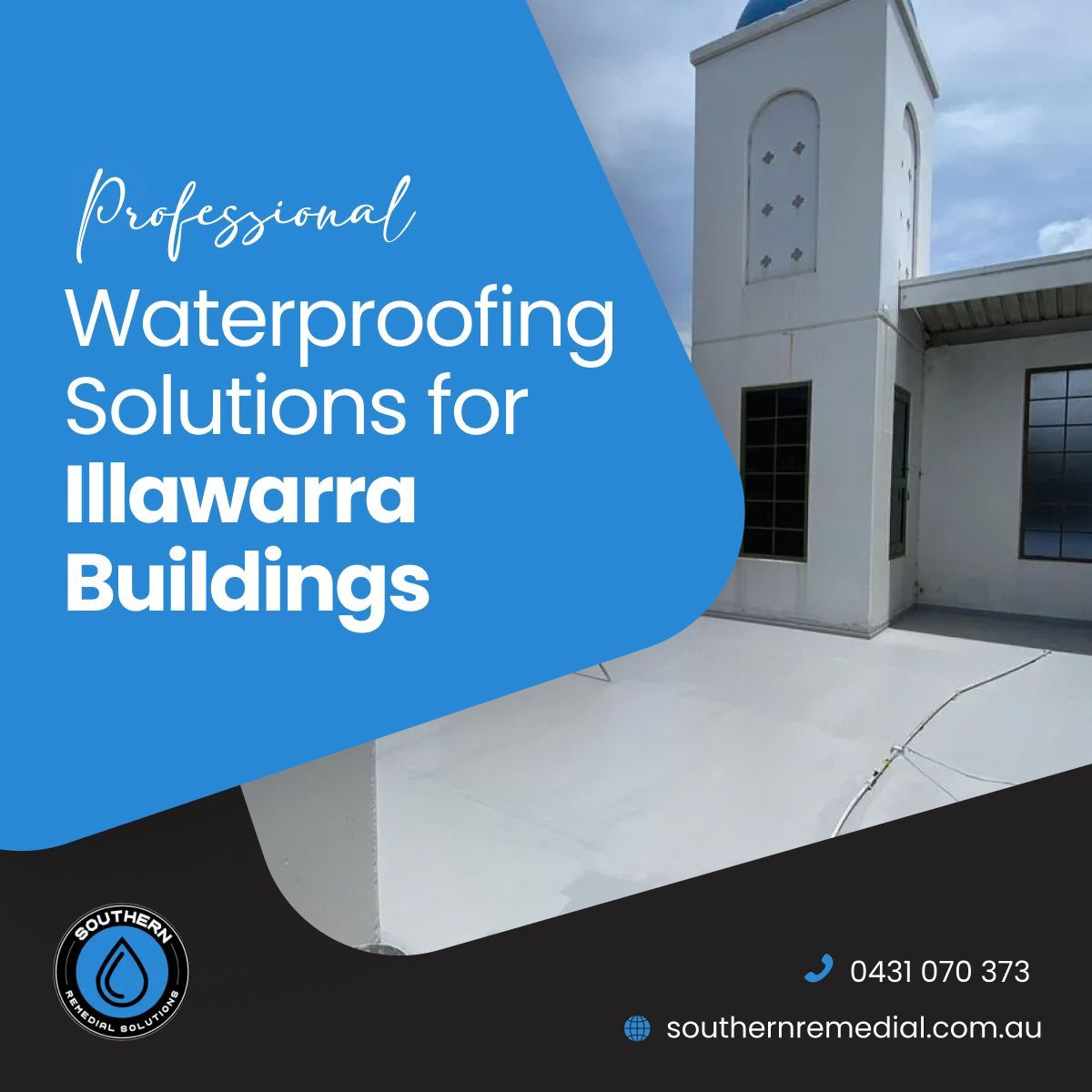What Causes Rising Damp and How To Treat It
Noticing signs of dampness on your walls or experiencing issues like peeling wallpaper or a musty odor? These could indicate rising damp, a common problem that can affect the structural integrity of your property if not addressed right away. In this comprehensive guide, we'll explore the causes behind rising damp and delve into effective solutions on how to address this issue. Understanding the root causes is the first step towards implementing the right treatments, so if you suspect that rising damp is affecting your property, read on this blog.
What is a rising damp?
A rising damp is a common issue in buildings, especially in older structures, where moisture from the ground is drawn up into the walls. It often occurs when groundwater or moisture from the soil is absorbed by porous building materials such as bricks, mortar, or concrete. This moisture then travels upwards through capillary action, leading to dampness in the lower sections of walls.
Generally, rising damp can result in visible signs such as moisture stains, peeling paint, or even mould growth on affected walls. In addition, the manifestation of salts blooming on the internal surface is a characteristic feature associated with rising damp. These visible indicators collectively signify the presence of rising damp and highlight the potential repercussions for both the interior and exterior of the building.
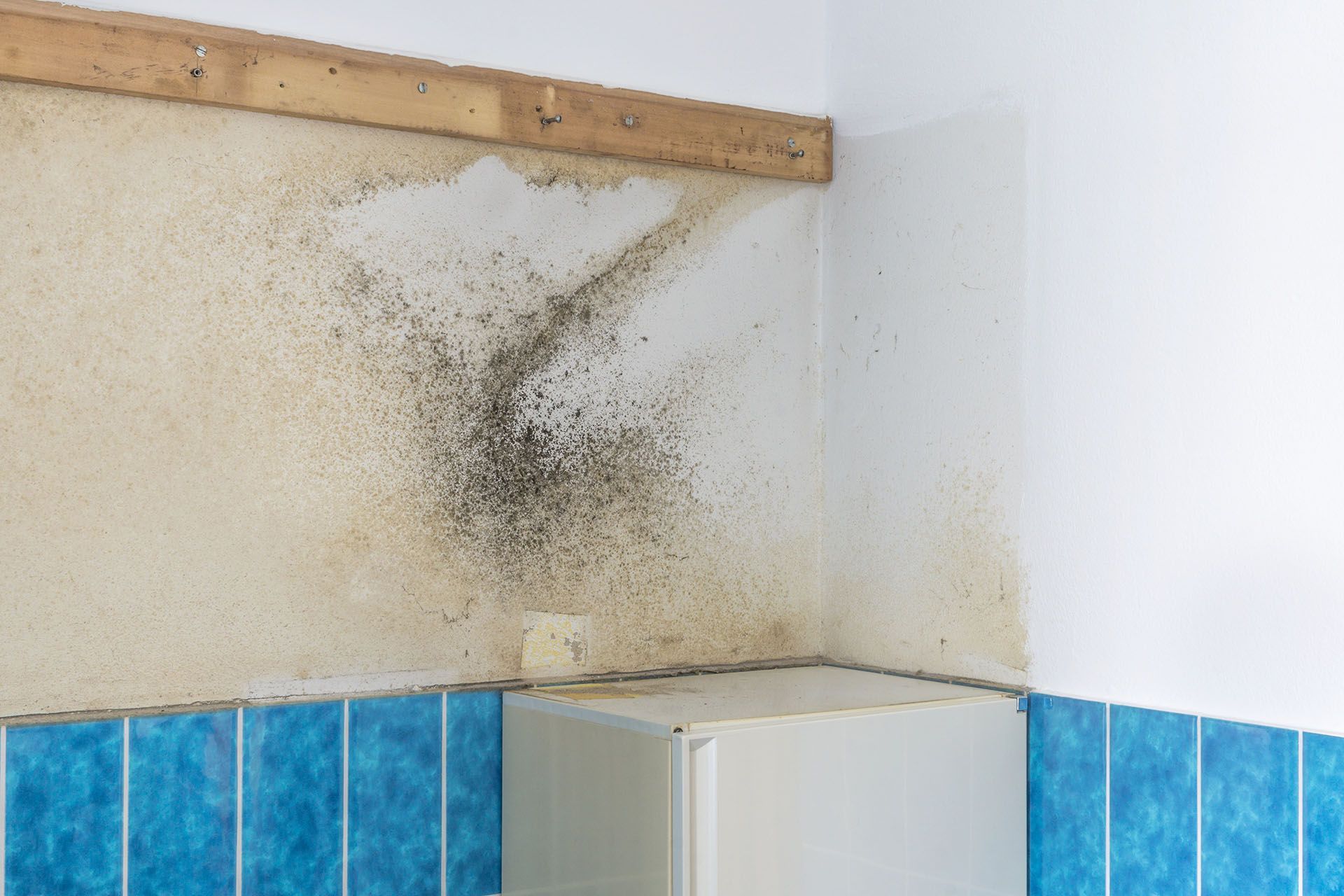
What are the signs of a rising damp?
Some common signs of rising damp in a building include:
Damp Patches on Walls
Damp patches or staining on the lower sections of walls become visible when rising damp occurs. When there's more moisture in the walls, it can create wet patches and cause wallpaper to peel, especially near the skirting board or up to one meter from it.
Damp stains and peeling wallpaper might suggest condensation problems. If you touch the wall, you might feel the paper crack and crumble because of the salts behind it drying out. While some may appear darker than the surrounding area due to the absorbed moisture, others might exhibit a lighter discoloration.
Salts or White Powdery Deposits
The presence of salt-contaminated plaster is a highly common and unmistakable sign of rising damp. As the water evaporates from the wall, it can leave behind white-crystalline salt deposits. These deposits often manifest as a white powdery substance on the surface. As moisture rises from the ground, it carries salts from the bricks onto the plaster through capillary action. This often makes walls feel damp when touched. When the water evaporates, it leaves salt residues, forming fluffy white deposits. These salts attract moisture from the air, causing a lasting damp smell within the wall.
Mould Growth
Rising damp can contribute to the appearance of black mould and a musty smell in affected areas. This odor often results due to mould and mildew thriving in the damp conditions that are created by the rising moisture. Addressing rising damp not only helps in preventing structural damage but also mitigates the risk of undesirable odors and potential health issues associated with mold infestation. To prevent the visible and unseen consequences of rising damp, regular ventilation, moisture control, and prompt remediation are essential.
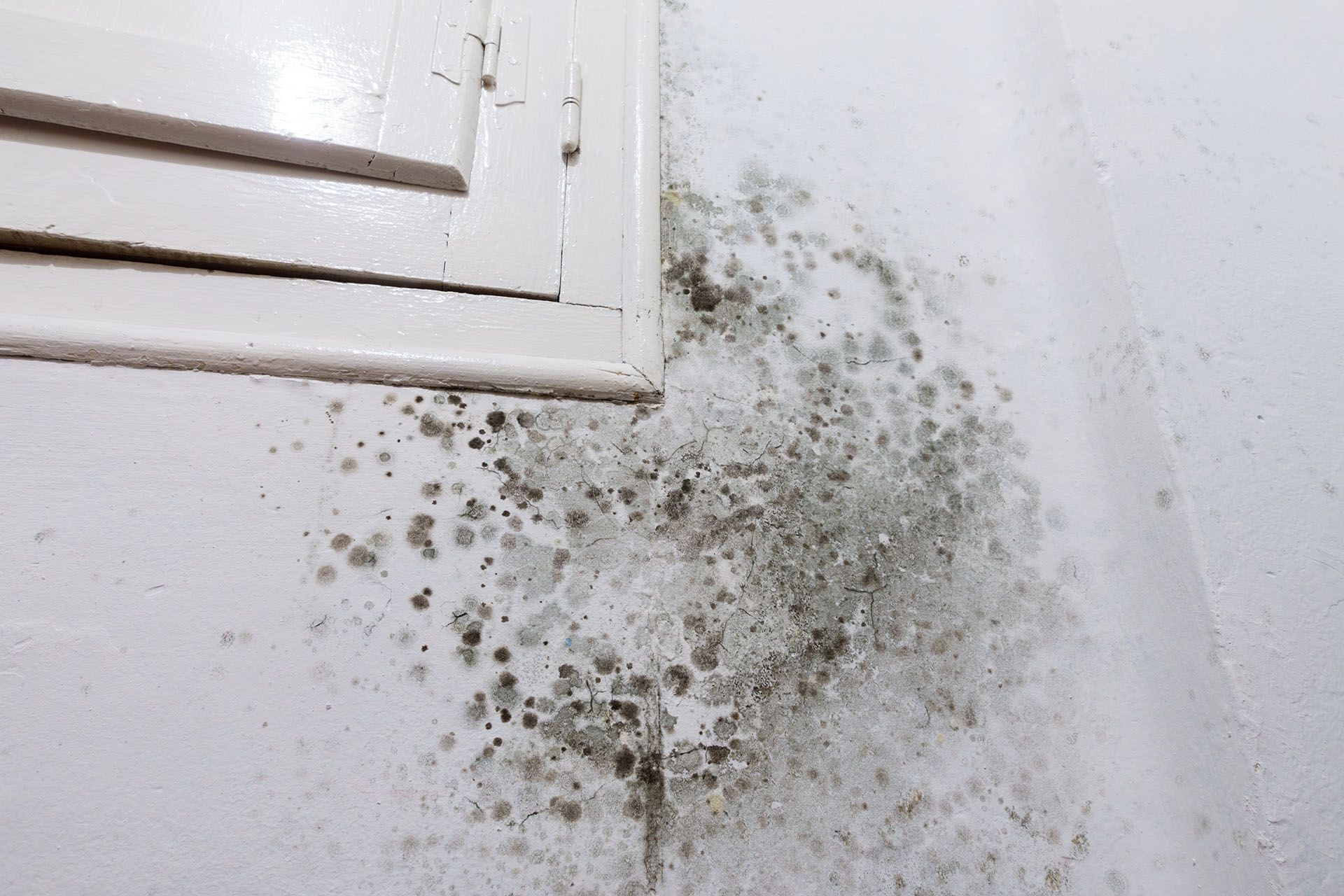
Decayed Skirting Boards or Timber
Continued exposure to rising damp over time can lead to the decay of skirting boards, timber, or other materials in contact with the damp wall. Depending on how long the rising damp is, some things to watch out for include:
- deterioration of the skirting board
- noticeable cracks appearing in the skirting boards
- peeling or flaking of paintwork
You may also take note of any exposed timber in the area, as neglecting to address this issue may potentially result in further complications involving wet rot or dry rot.
Visible Tide Marks
Tide mark is one of the most common indicator of a rising damp. They typically appear as dark stains near the base of a wall, approximately one meter above the skirting boards. These marks result from the evaporation of water from the bricks, leaving behind visible staining that feels damp when touched. In addition, these marks may be accompanied by the presence of salts that have been absorbed into the plaster, further highlighting the occurrence of rising damp in the affected area.
What causes rising damp?
Rising damp occurs when moisture from the ground is drawn up into the walls of a building. Buildings lacking a damp-proof course (DPC) are susceptible to the development of rising damp. Hence, here are some reasons why you have a rising damp:
Capillary Action
Porous building materials, such as bricks, mortar, and concrete, absorb moisture from the surrounding soil through capillary action. This is the process by which water is drawn upward against the force of gravity in narrow spaces, like the microscopic channels in porous materials. As these materials draw in moisture from the surrounding soil, it contributes to the overall risk of rising damp in buildings, particularly those without an effective damp-proof course.
Lack of or Defective Damp-Proof Course (DPC)
A damp-proof course is a barrier installed in the walls of a building to prevent moisture from rising. If a building lacks it or if the existing damp proof course is defective or damaged, it can allow moisture to ascend through the structure. As a result, the building becomes prone to rising damp, where moisture from the ground is drawn upward into the walls.
Groundwater Levels
High groundwater levels significantly impact the potential for rising damp, as the surrounding soil absorbs moisture. When groundwater levels rise, the risk of moisture absorption by the building's materials increases as well. This emphasises the importance of considering local soil and water conditions when assessing and addressing the likelihood of rising damp in a structure.
Poor Drainage
Insufficient drainage surrounding the building is a key factor contributing to the risk of rising damp. When water is not efficiently directed away from the foundation, it can accumulate in the soil surrounding the structure. This accumulation increases the likelihood of moisture absorption by the walls through capillary action, especially in porous building materials.
Building Design and Construction
Certain construction practices, especially in older buildings, may not have incorporated effective damp-proofing measures. In such cases, the building materials may be more susceptible to rising damp. That's why recognising the historical context of a building's construction becomes crucial when assessing its vulnerability to rising damp. Furthemore, implementing contemporary damp-proofing methods or retrofitting older structures with appropriate safeguards can help mitigate the risks associated with moisture absorption and rising damp in these buildings.
How do you treat rising damp?
Treating rising damp typically involves a combination of preventive measures and remedial actions. Here are common steps taken to address rising damp:
Conduct a Rising Damp Survey
Before treating rising damp, a qualified surveyor should first carry out a survey to determine what causes rising damp to occur. This diagnostic step helps in understanding the specific conditions contributing to dampness, whether it's a damaged damp-proof course, inadequate drainage, or other structural issues. Using the findings from this survey, a rising damp treatment plan shall be tailored to address the unique factors influencing the damp issues in the particular building.
Install or Repair Damp-Proof Course (DPC)
Damp proof course is a popular rising damp treatment that involves installing a physical barrier, typically made of materials like plastic, bitumen, or silicone, into the walls without damaging the entire building. This acts as a barrier that prevents moisture from ascending through the capillaries of the building materials.
Depending on how thick the wall is, holes are drilled in the affected wall and the DPC cream is injected directly into these holes. This process ensures that the damp-proofing material reaches the internal walls and creates a continuous barrier against the rising damp.
Add Damp Proof Membranes
You can also use damp proof membranes to complement a damp-proof course injection. These damp proof membranes can be installed right after the injection or repair of a damp-proof course. The purpose of the membrane is to create a barrier between new plaster and existing salts and other contaminants present on the walls.
Repair Structural Defects
In some cases, where an existing DPC is damaged or absent, repair or replacement may be necessary to reinstate its effectiveness. Identify and fix any structural issues contributing to dampness, such as leaks, damaged roofing, or cracks in walls. By addressing these defects, you can prevent water ingress and reduce the risk of rising damp.
Monitor and Maintain
Regular monitoring and maintenance are crucial to ensure the effectiveness of damp-proofing measures. Recognise that the treatment approach may differ depending on the severity of the rising damp, the building's type, and various other factors. Hence, periodic checks help detect and address any emerging issues before they escalate.
To ensure your building's well-being, consult with concrete remediation contractors for a thorough inspection and diagnosis. Their job should include clearing external roofs, gutters, and roof pipes of any debris, as well as making sure that all air vents remain unblocked to enable unrestricted airflow out of the building.
What happens if rising damp is left untreated?
If you don't treat rising damp immediately, it can lead to serious issues such as:
Structural damage
Persistent exposure to moisture can compromise the structural integrity of a building, causing it to decay, rot, and deteriorate over time. Furthermore, rising damp can damage interior finishes such as plaster, paint, and wallpaper.
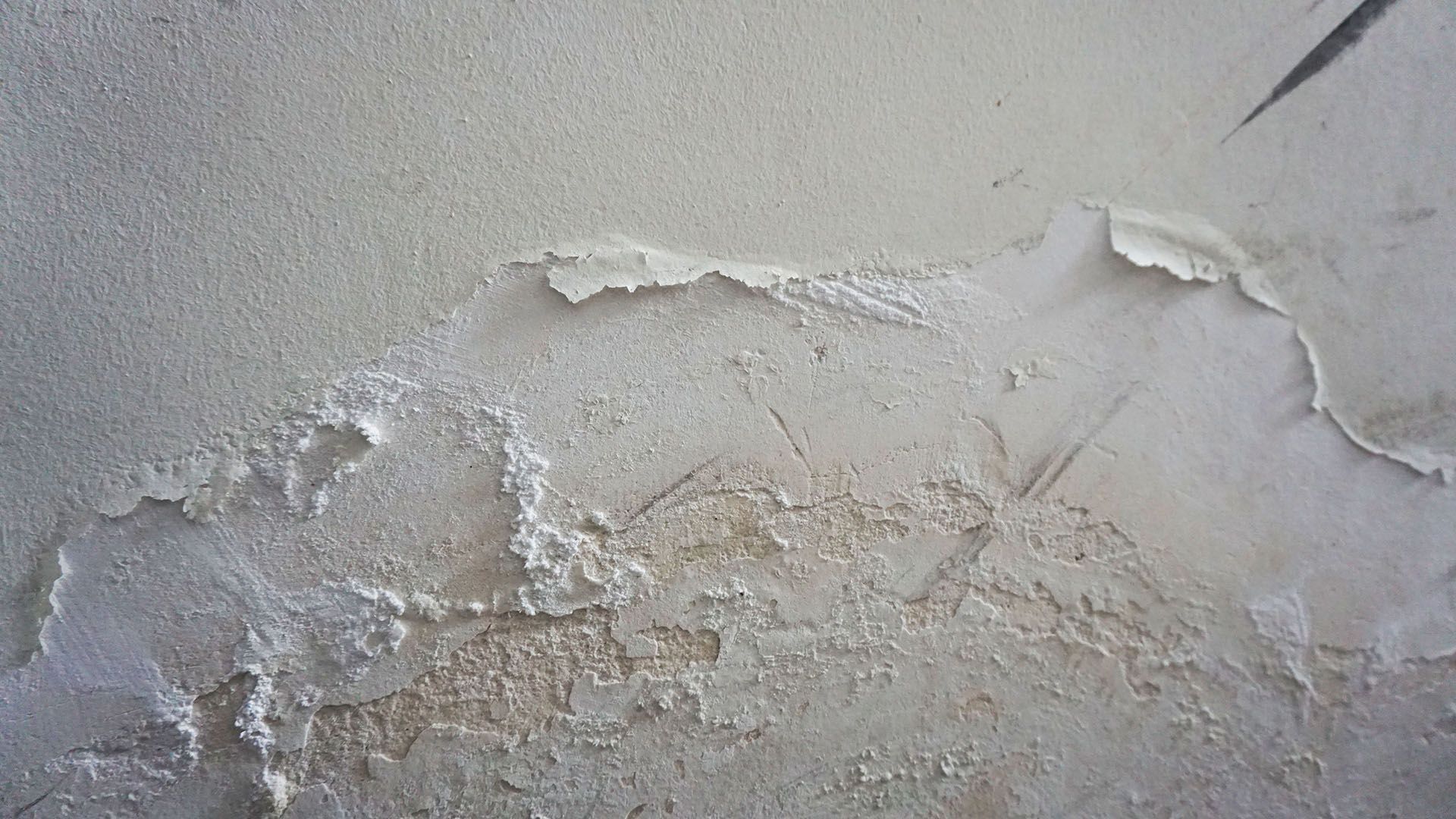
Potential health concerns for occupants
Mould growth and damp conditions can contribute to health problems, including respiratory issues and allergic reactions while prolonged exposure may lead to damp-related illnesses.
Decreased Property Value
Visible damage and deterioration caused by rising damp can reduce the overall aesthetic appeal and value of a property. This can make it challenging to sell or rent the property at a desirable price.
Increased Repair Costs
Not to mention, the costs associated with repairing extensive damage can increase significantly over time. That's why taking prompt action is essential to prevent further deterioration and safeguard the overall integrity of the building.
Takeaway
Rising damp is a serious concern that can start with subtle signs like dampness, crumbling wallpaper, or a musty smell. But over time, it can compromise the structural integrity of a property and impact its overall well-being. That's why addressing the root cause of rising damp is crucial to prevent further damage and preserve the integrity of the property. If you suspect rising damp in your property, consult with qualified professionals to ensure an accurate diagnosis and appropriate remediation.
At Southern Remedial Solutions, we offer professional concrete repair services for various structural concerns including rising damp. Our experienced team of waterproofing specialists can quickly diagnose, cure, and safeguard your property from the damaging effects of moisture infiltration. Whether you need waterproofing, leak sealing, cavity and flashing repairs or a rising damp treatment, talk to us to book an on-site inspection.
